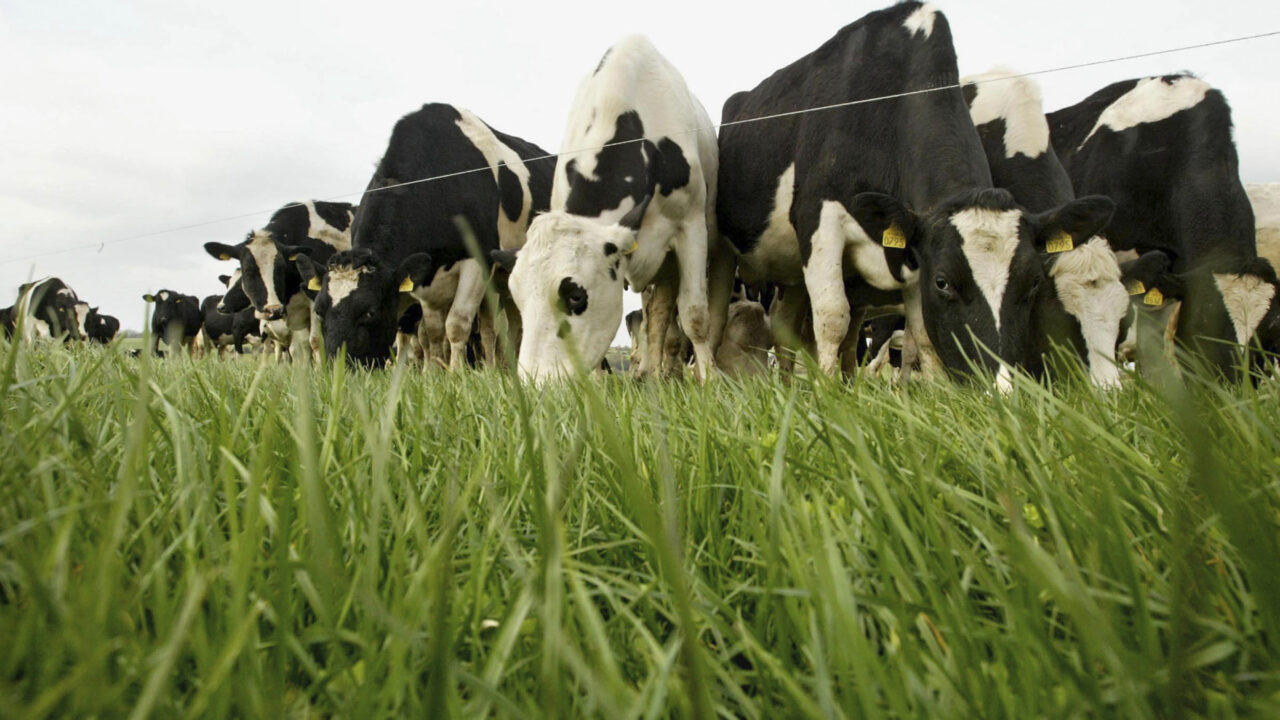The warm weather continues and the much needed rain has come on time.
On dry farms, the challenge has been maintaining sufficient grass covers but now that most parts of the country are getting adequate rain, growth rates will accelerate quickly, (to circa 60-80kgs/ha/day depending on soil type and location).
The high growth rates over the past few weeks have allowed us to take surplus bales from several paddocks, especially beneficial were grass quality in these paddocks had deteriorated. The recovery of paddocks that are mowed is usually much slower than grazed paddocks, taking longer for them to reach target pre grazing cover (PGC).
This has not been the case this summer owing to super growth rates. Surplus bales allow us to clean up paddocks, improve grass quality, which will increase dry matter intakes and subsequent protein % and milk yield. Farms that are lowly stocked have difficulty maintaining quality in paddocks owing to the low demand and high growth rates, the stocking rate must be increased resulting in additional silage stocks as winter fodder requirements will be much greater next year on expanding farms.
Silage requirements of an increasing herd size is an area that a number of expanding dairy farmers have not fully calculated; additional acres may be needed to grow this extra winter feed. To calculate silage requirements, we need to know
• Number of livestock units that are going to be wintered
• Duration of housing period
• Kgs DM/lu required per day
E.g. If a farm had 100 cows, 30 maiden heifers (0.6lu/heifer) and 30 calves (0.2 lu/calf). This would equate to approx 124 lu’s. Assuming all animals are housed in November, December and January with partial housing in October, February and March and animals allocated 10kgs DM silage/day,140 days x 124 lu’s x 10kgs = 174t DM of silage.
At 25% DM, this would equate to 695t Fresh weight.
Measure silage stack: Length x breadth x average settled height = m³. As a rough guide, multiply the volume by 0.77. E.g., 100m3 = 77 tonnes of fresh silage at 20% dry matter. If the silage is dry (25% DM) multiply by 0.68.
It can then be established whether a surplus or deficit exists. If a deficit exists, we will know exactly how much feed we need to buy in. Farms that have slower growth rates in the shoulders or have predominantly heavy clay soils, will require an additional 30 days winter feed. The wintering period will vary from farm to farm, the above is an example – calculate your own typical wintering period.
Cathal Mc Aleer, Cathal is a private grassland consultant working with individual farmers and facilitating discussion groups throughout Ireland.
0871602491 / 00447749531679 [email protected]
